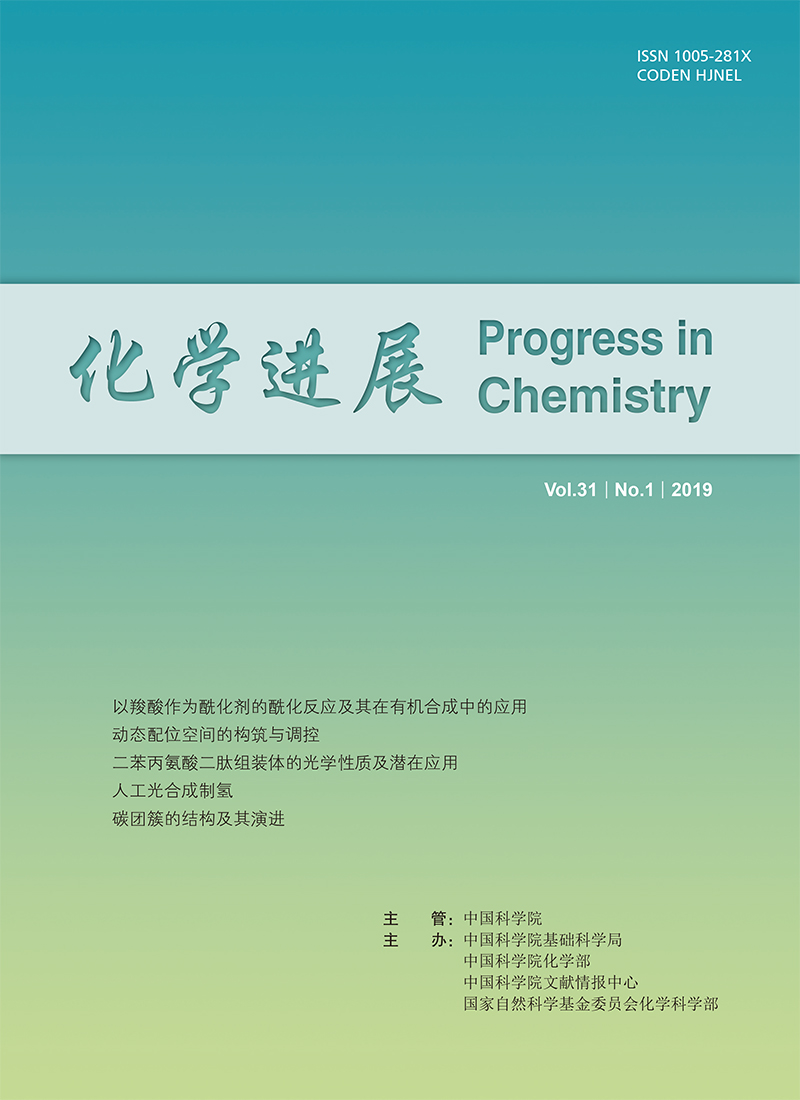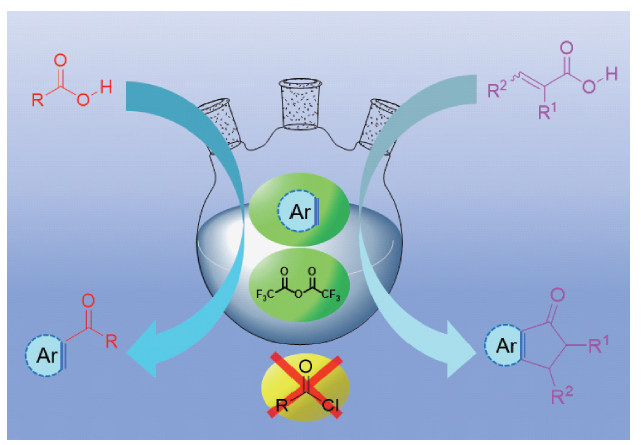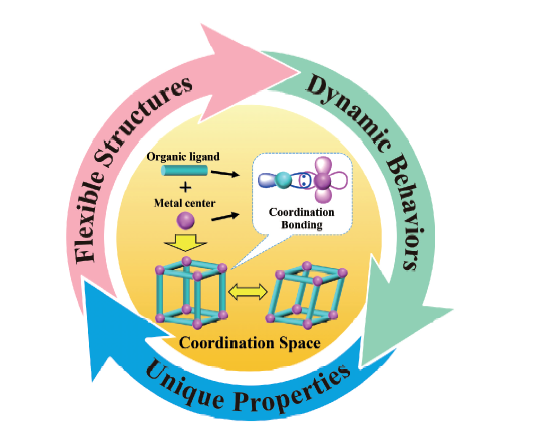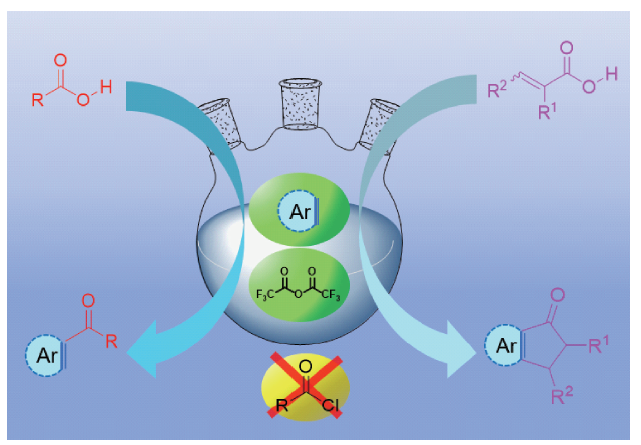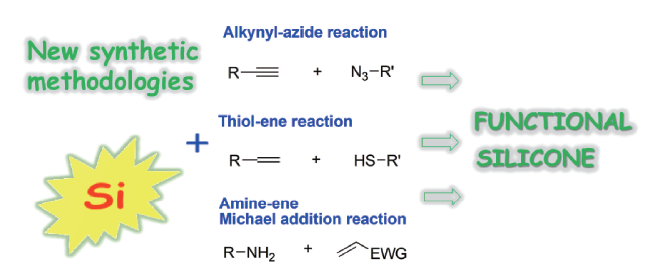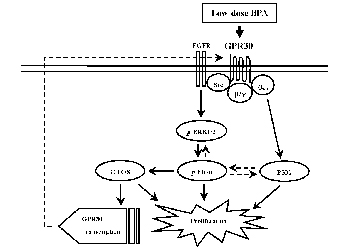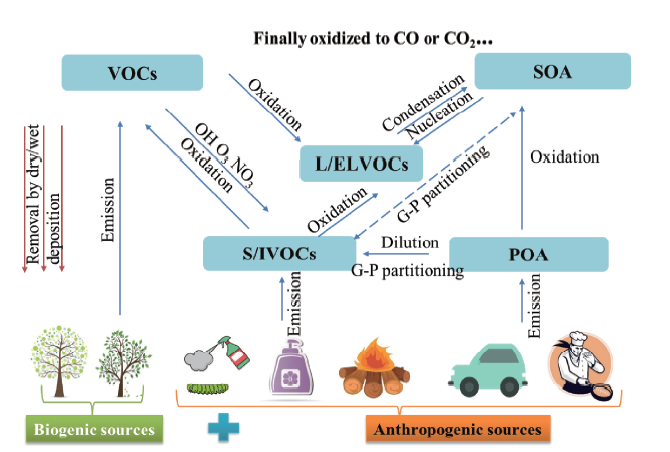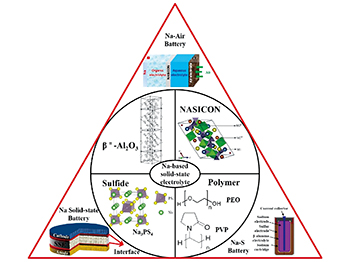He Huang, Chuanjun Song, Junbiao Chang. Acylation Using Carboxylic Acids as Acylating Agents: Applications in Organic Synthesis[J]. Progress in Chemistry, 2019, 31(1): 1-9.
The classic Friedel-Crafts acylation uses acid chloride or anhydride as acylating agents, and Lewis acid as catalysts. The large amount of Lewis acid applied and HCl generated in the acylation reaction must be treated. Acid chlorides are sensitive to moisture, and danger might occur during storage and usage. Acylation using carboxylic acids in the presence of trifluoroacetic anhydride as acylating agents does not require conversion of the acylating agents into acid chloride, anhydride or amide. Furthermore, the trifluoroacetic anhydride and trifluoroacetic acid generated can be easily recovered by distillation. Therefore, it can effectively solve the problems associated with the classic Friedel-Crafts acylation. This review summarizes the developments of the acylation process using carboxylic acids in the presence of trifluoroacetic anhydride as acylating agents, and their applications in the syntheses of organic functional molecules, drug molecules and natural products during the last two decades.





